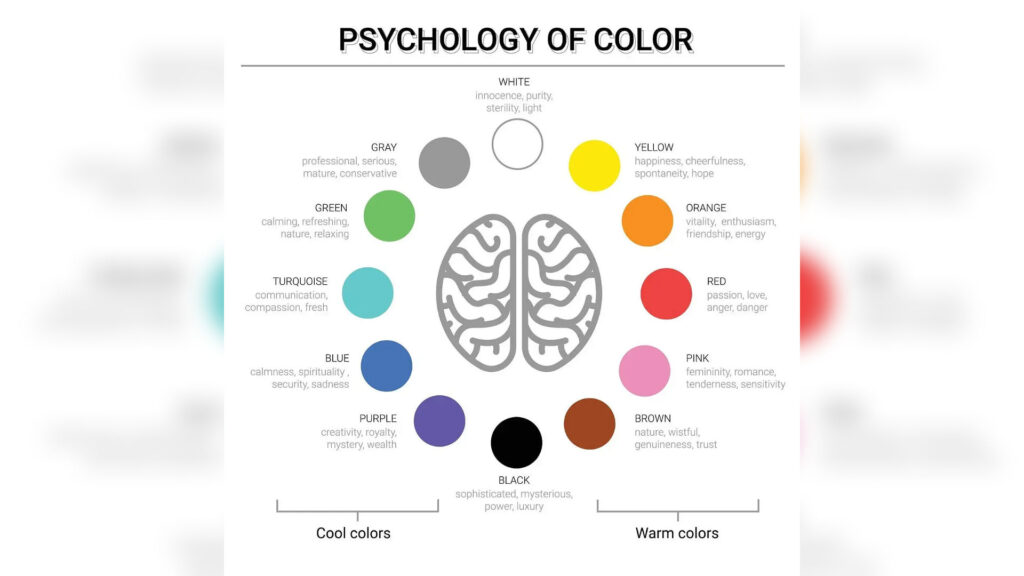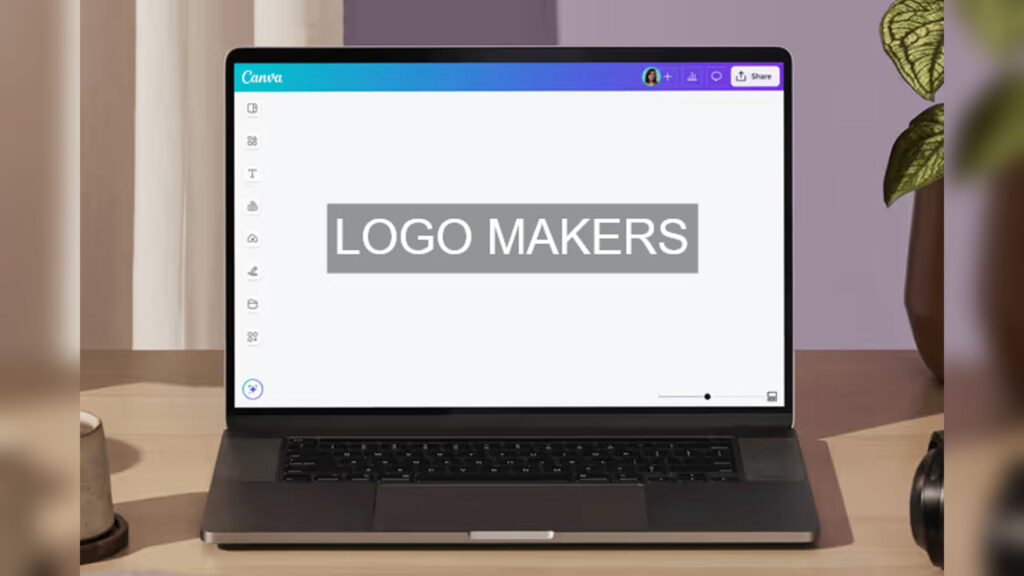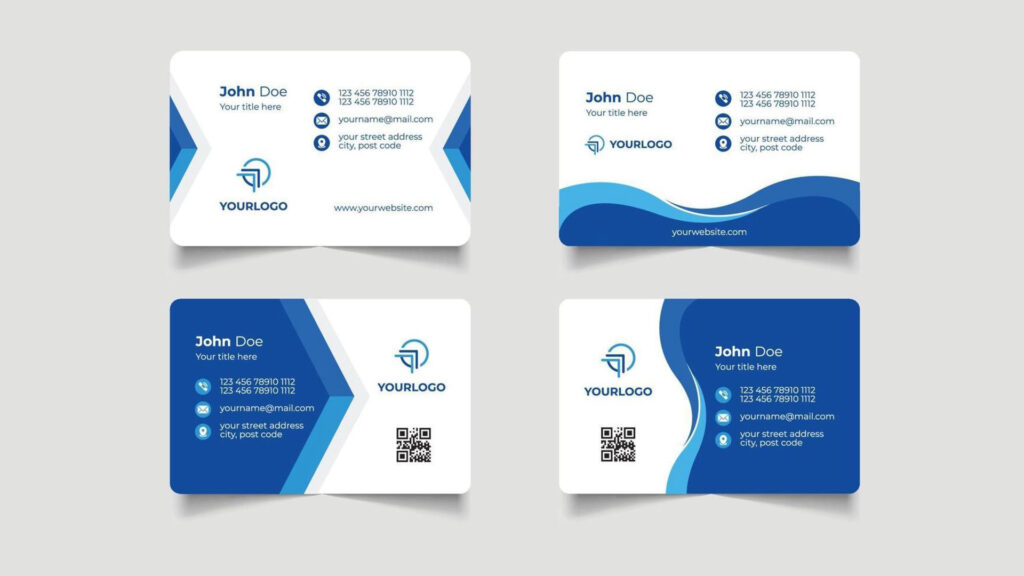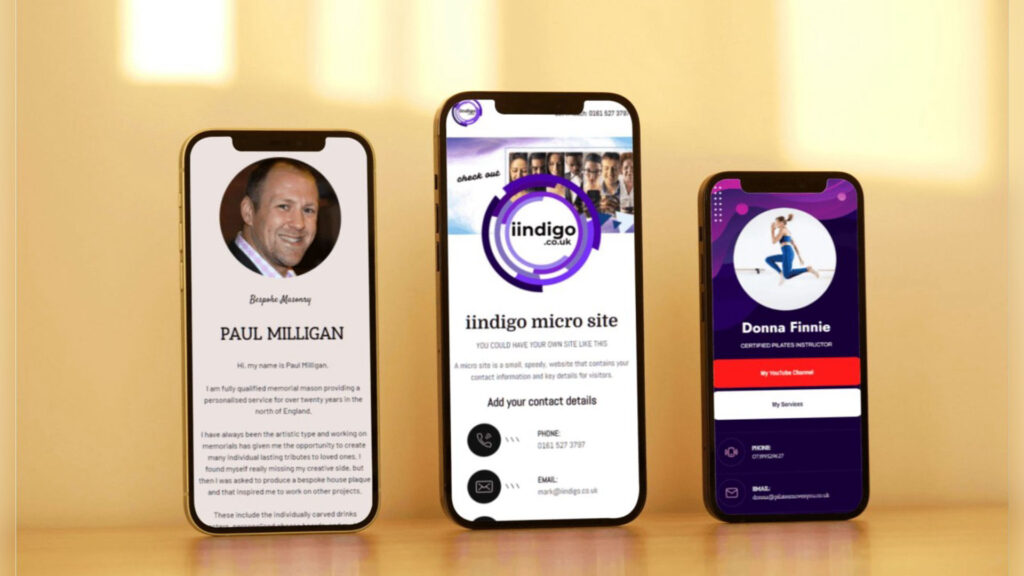Table of Contents
ToggleHow to Use Infographics to Grow Your Brand in Kenya
In Kenya’s fast-paced digital world, brands are constantly looking for ways to stand out and connect with their audience. With so much content online competing for attention, visual storytelling has become one of the most effective tools for engagement. One visual strategy that has proven powerful, especially in the Kenyan market, is the use of infographics.
But what exactly are infographics, and how can they help your brand grow?
This article dives deep into the role of infographics in brand development, offering practical tips tailored to Kenyan businesses—from startups to established enterprises. Whether you run an online store, a fintech company, a law firm, or a creative agency, infographics can give your brand the visual edge it needs.
What Are Infographics?
Infographics are graphic visual representations of information, data, or knowledge. They are designed to make complex information more digestible, engaging, and easy to share. Instead of paragraphs of text, infographics use a mix of icons, illustrations, charts, and short captions to tell a story or present facts.
In simpler terms, infographics translate boring or technical content into visually appealing and easy-to-understand graphics. And in a mobile-first country like Kenya, where people spend hours scrolling through social media, well-designed infographics can capture attention in seconds.
Why Infographics Matter in Kenya’s Marketing Landscape
Kenya’s digital economy is thriving. According to the Communications Authority of Kenya, internet penetration continues to rise rapidly, with more users relying on mobile devices to access content. For brands trying to reach this growing audience, the need for impactful, snackable content has never been more urgent.
Here’s why infographics are especially powerful in Kenya:
They Break Language Barriers
Kenya is a multilingual country. Although English and Kiswahili are official languages, millions of people speak local dialects. Infographics, by relying on visuals more than words, help bridge communication gaps and speak to a wider audience.
They Work Perfectly on Mobile
Infographics are compact and scroll-friendly. Unlike long blog posts, they don’t demand extended reading time, making them ideal for mobile users who are browsing quickly.
They Improve Shareability
Kenyans are active on platforms like WhatsApp, Facebook, Instagram, and X (formerly Twitter). A well-designed infographic is highly shareable, which means more eyes on your brand without extra ad spend.
They Simplify Complex Topics
Are you a financial institution trying to explain interest rates? A healthcare provider promoting nutrition tips? A logistics company showing delivery routes? Infographics can take any technical content and make it relatable and visually engaging.
How Infographics Help Grow Your Brand in Kenya
Let’s get into how exactly you can use infographics to grow your brand, whether you’re a Nairobi-based startup, a regional service provider, or an online influencer.
1. Boost Brand Awareness
Infographics are a perfect medium for showcasing your brand colors, fonts, logos, and personality. Every time someone shares your infographic, your brand travels with it. Over time, repeated visual exposure builds brand recall and trust.
To make your infographics recognizable:
-
Stick to a consistent color palette
-
Use your brand logo and name on every graphic
-
Incorporate your unique tone of voice
2. Drive Website Traffic
If your infographic offers real value, people will want to learn more. By embedding links or including CTAs (calls-to-action), you can direct traffic to your blog, product page, or landing page. This is especially effective when you publish infographics alongside high-quality articles.
Tip: Post a snippet of your infographic on Instagram or X, then direct followers to your website for the full version.
3. Increase Engagement on Social Media
Kenyan audiences are more likely to interact with visual content than plain text. Use infographics to run polls, spark conversations, or summarize blog posts in a format that’s more social-media-friendly.
Infographics are particularly powerful for:
-
Educational posts (e.g., “5 Ways to Save on Fuel Costs in Kenya”)
-
Tips and hacks (e.g., “How to Register a Business in Kenya in 2025”)
-
User stats or testimonials
-
Before-and-after case studies
4. Improve SEO and Google Rankings
While infographics are mainly visual, they play a vital role in SEO too.
Here’s how:
-
Higher Time on Site: Engaging visuals keep users on your page longer, which signals value to Google.
-
Backlink Opportunities: Other websites and bloggers may link to your infographic as a resource, boosting your domain authority.
-
Image Alt Tags: When optimized correctly, your infographics can show up in Google Image searches.
-
Keyword Integration: When paired with keyword-rich articles (like this one), infographics enhance content value.
Pro tip: Create a blog post that includes an infographic with the keyword Infographics, and you’re already ahead in SEO.
Types of Infographics Kenyan Brands Should Use
Depending on your goals, different types of infographics can help convey your message. Here are popular formats and where they shine best:
Statistical Infographics
Perfect for NGOs, fintech startups, or research agencies. They present data visually—charts, percentages, graphs—and help explain trends or insights in a way that’s easy to understand.
Timeline Infographics
Great for showing brand history, project phases, or product development. For example, a company like Safaricom could use this to show the evolution of M-Pesa.
Process Infographics
Ideal for service businesses—think of step-by-step guides like “How to Apply for HELB Loans” or “How to File KRA Returns.”
Comparison Infographics
Help your audience make decisions. For example, a travel agency might compare “Traveling to Diani vs. Lamu.”
Informational Infographics
Useful for educational institutions, bloggers, and e-commerce brands. These summarize large amounts of information into one graphic. For instance, “Top 10 Ways to Save on Grocery Shopping in Nairobi.”
How to Create Effective Infographics That Work for Your Brand
Infographics are only as good as their design and purpose. Here’s a checklist to help you craft impactful visuals:
Know Your Audience
Understand your Kenyan audience. Are they young professionals in Nairobi? Are they farmers in Kisumu? Are they students or CEOs? Tailor your design language, icons, and even examples to resonate with their daily lives.
Focus on One Core Message
Avoid clutter. A good infographic should communicate one main idea, not ten. If you have multiple ideas, split them into a series.
Use Reliable Data
Kenyan consumers are increasingly data-savvy. Only use verified statistics from credible sources like KNBS, World Bank, or local research firms.
Maintain Visual Hierarchy
Make your headline bold and clear. Use colors and size to guide the viewer’s eye. Icons should support the message—not overpower it.
Add Your Branding
Include your logo, website, and social media handles in the footer or corner. You want people to know who made it.
Use Local Context
Global templates won’t always work. Infographics that reflect Kenyan culture, currencies, language, and social issues will always perform better.
Free and Paid Tools to Create Infographics in Kenya
Even if you’re not a designer, you can still create great infographics using these tools:
-
Canva – Free and user-friendly. Comes with templates for all infographic types.
-
Piktochart – Ideal for statistical and process visuals.
-
Adobe Express – Great for branded visuals and animations.
-
Venngage – Offers business-friendly templates.
-
Figma – For designers who want full creative control.
For best results, consider hiring a Kenyan graphic designer to custom-create infographics for your business.
Real-Life Kenyan Brands Using Infographics Effectively
Here are a few examples of brands doing it right:
-
IHub Kenya – Uses infographics to show innovation stats and tech adoption trends.
-
Equity Bank – Breaks down financial education into simple, branded visuals.
-
Tuko.co.ke – Regularly uses infographics in news content and social stories.
-
BrighterMonday Kenya – Shares job search tips, career growth info, and employer trends using infographics.
If these brands can succeed with infographics, so can yours.
Final Thoughts: The Future of Branding Is Visual
Infographics aren’t just a marketing trend—they’re a communication powerhouse. In Kenya, where mobile-first users are hungry for quick, valuable content, infographics give your brand an opportunity to educate, connect, and inspire action.
So whether you want to:
-
Boost awareness,
-
Educate your market,
-
Increase your online visibility, or
-
Build trust through content…
…infographics can help your brand grow—one visual at a time.
Start small, stay consistent, and always put value first. Your audience will thank you—not just with likes, but with loyalty.
























































